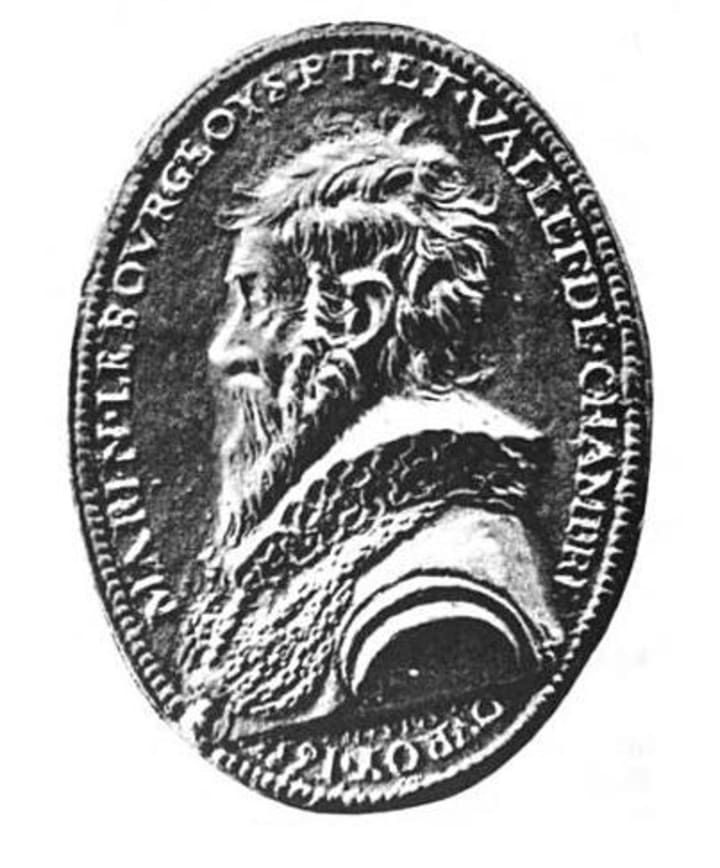How flintlock firearms worked
A major advance on matchlocks

The true successor to the matchlock firearm was the flintlock. In a matchlock weapon, a naked flame in the form of a smouldering piece of cord was brought into direct contact with gunpowder in an open pan, a process that was not only dangerous but unreliable. A far better method was to use friction to produce a shower of sparks that would do the job.
The wheellock was a friction method, but it had its disadvantages, not least being the expense of constructing weapons that incorporated the necessarily complex mechanism. As a result, wheellocks and matchlocks continued to be used in parallel for around 100 years, and it was only when flintlocks came into general use, in the later 17th century, that the matchlock’s days were numbered.
There were several precursors to the flintlock, including the snaplock and snaphance, but the true flintlock could be said to date from the invention, by Marin le Bourgeoys, of a mechanism that enabled a weapon to be loaded in advance of the need to fire it, as opposed to in response to immediate need. This clearly brought huge advantages to the soldier in the field, who was far less likely to be caught by surprise.

Le Bourgeoys was a courtier at the courts of Henry IV and Louis XIII of France, and his invention dates from the early years of Louis’s reign (i.e. around 1610-15). Dumas’s “Three Musketeers”, although fictional, could therefore have been early users of Le Bourgeoys flintlocks. The heyday of the flintlock came in the later 17th and 18th centuries.
The basic idea of the flintlock was that a piece of flint was brought into sharp contact with a piece of steel, producing sparks that then ignited gunpowder in a pan, in turn igniting a charge of powder in the barrel of the gun via a touchhole.
The flint was held in the jaws of a cock, which could be pulled back against the force of a strong spring. When released by the trigger being pulled, the cock would be forced forwards so that the flint would strike an upright steel piece, called a frizzen, producing the necessary sparks.
One feature that made the flintlock such an advance on its predecessors was the two-position device invented by Le Bourgeoys. When the cock was pulled half-way back, a metal arm called a sear was able to drop into a slot on the shaped metal block, the tumbler, to which the cock was attached. In this position, the trigger could not be pulled, thus constituting the first ever safety catch. Only when the cock was pulled all the way back was the sear ejected from its slot and the trigger able to be pulled.
A second very useful feature was that the frizzen was L-shaped. The flint struck against the upright long arm of the L, whereas the short arm covered the pan, in which the primer powder had been placed. The act of striking the frizzen forced the pan to be opened at the same time that the sparks were being produced. There was therefore no danger of the powder being affected by the weather, and no danger of its being ignited accidentally, which could easily happen with a matchlock weapon.
The flintlock musket or pistol could therefore be carried in the half-cock position, loaded, in perfect safety. When the owner needed to fire, he only had to aim, pull the cock all the way back, and pull the trigger. He could then reload and prime the pan, even if he had no intention of firing again immediately.

Many improvements were made to the basic flintlock mechanism over the years, with the method being applied to weapons of various types, including multibarreled and breech-loading weapons. They were eventually superseded by percussion cap weapons in the mid-19th century. However, flintlocks are still produced today in some places, for hunting as well as historical re-enactments.
About the Creator
John Welford
I am a retired librarian, having spent most of my career in academic and industrial libraries.
I write on a number of subjects and also write stories as a member of the "Hinckley Scribblers".






Comments
There are no comments for this story
Be the first to respond and start the conversation.